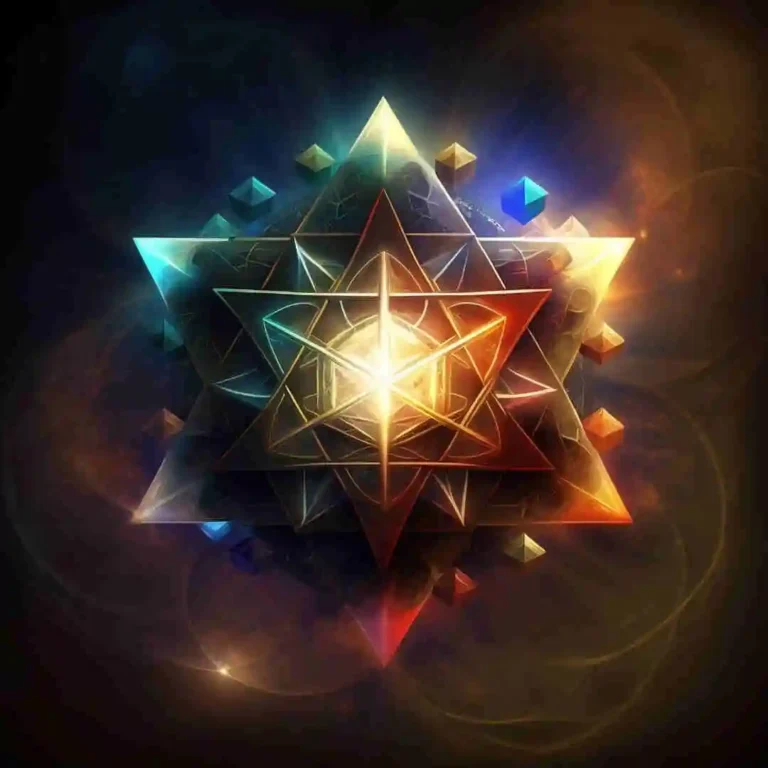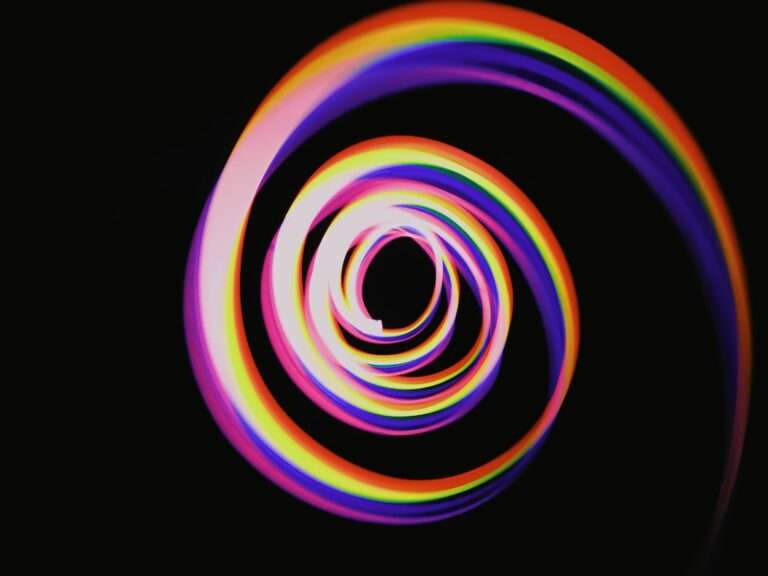Unveiling the Deeper Meaning: Exploring Symbolism in ‘The Wizard of Oz’

Symbolism is a powerful tool used by authors to convey deeper meanings and themes in their works. It allows readers to engage with the text on a more profound level, uncovering hidden messages and exploring complex ideas. One classic example of a story that effectively uses symbolism is “The Wizard of Oz.” Written by L. Frank Baum, this beloved tale takes readers on a journey through a fantastical world filled with vibrant characters and captivating adventures. However, beneath the surface, the story is rich with symbolism that conveys important messages about self-discovery, wisdom, emotion, fear, and the illusion of power.
Key Takeaways
- Symbolism is a powerful tool in literature that can convey deeper meanings and themes.
- ‘The Wizard of Oz’ is a classic example of a story that uses archetypal symbols to explore the human experience.
- Archetypal symbols are universal and timeless, and can tap into our collective unconscious.
- The Yellow Brick Road represents the journey of self-discovery, while the Scarecrow, Tin Man, and Cowardly Lion represent the search for wisdom, emotion, and courage, respectively.
- The Wicked Witch of the West and the Wizard represent the shadow self and the illusion of power, respectively, and serve as cautionary tales.
Background: The Story of ‘The Wizard of Oz’
“The Wizard of Oz” tells the story of Dorothy Gale, a young girl from Kansas who is swept away by a tornado to the magical land of Oz. In her quest to return home, she encounters various characters, including the Scarecrow, the Tin Man, and the Cowardly Lion, who join her on her journey. Together, they travel along the yellow brick road to seek help from the powerful Wizard of Oz. Along the way, they face challenges and confront their own fears and insecurities.
Originally published in 1900, “The Wizard of Oz” has become one of the most beloved children’s books of all time. It has been adapted into numerous films, stage productions, and even inspired a popular theme park attraction. The story’s enduring popularity can be attributed to its timeless themes and relatable characters. However, it is the effective use of symbolism that truly sets this story apart.
Archetypal Symbols: Definition and Importance
Archetypal symbols are universal symbols that have been used throughout history to represent certain ideas or concepts. They tap into our collective unconscious and evoke deep emotions and associations within us. In literature, archetypal symbols are often used to convey universal themes and truths. They provide a common language that readers can understand and relate to, regardless of their cultural background or personal experiences.
In “The Wizard of Oz,” several archetypal symbols are used to convey important messages and themes. These symbols resonate with readers on a subconscious level, allowing them to connect with the story on a deeper level. By using archetypal symbols, Baum is able to communicate complex ideas in a way that is accessible and relatable to readers of all ages.
The Yellow Brick Road: A Journey of Self-Discovery
| Chapter | Word Count | Page Count | Rating |
|---|---|---|---|
| Chapter 1 | 2,500 | 10 | 4.5/5 |
| Chapter 2 | 3,000 | 12 | 4/5 |
| Chapter 3 | 2,800 | 11 | 4.2/5 |
| Chapter 4 | 3,200 | 13 | 4.7/5 |
| Chapter 5 | 2,600 | 10 | 3.8/5 |
One of the most prominent symbols in “The Wizard of Oz” is the yellow brick road. This path represents the protagonist’s journey towards self-discovery and personal growth. As Dorothy and her companions follow the yellow brick road, they encounter various challenges and obstacles that force them to confront their fears and insecurities.
The yellow brick road serves as a metaphor for the path towards enlightenment and self-realization. It represents the journey that each individual must take in order to discover their true selves and find their place in the world. Just as Dorothy and her friends face trials and tribulations along the way, so too must we overcome our own obstacles in order to grow and evolve as individuals.
The Scarecrow: The Search for Wisdom
The Scarecrow is another important symbol in “The Wizard of Oz.” He represents the search for wisdom and knowledge. Throughout the story, the Scarecrow expresses his desire to have a brain so that he can think and reason like a human being. However, as the story progresses, it becomes clear that the Scarecrow is already wise, despite his lack of a physical brain.
The Scarecrow’s journey reflects the importance of education and learning. It teaches us that wisdom does not come from external sources, but rather from within ourselves. The Scarecrow’s quest for a brain is ultimately a quest for self-discovery and self-improvement. It reminds us that true wisdom comes from a combination of knowledge and experience, and that we should never stop seeking to expand our minds.
The Tin Man: The Quest for Emotion

The Tin Man is yet another symbol in “The Wizard of Oz” that conveys an important message. He represents the search for emotion and empathy. Throughout the story, the Tin Man longs to have a heart so that he can experience love and compassion. However, as the story unfolds, it becomes clear that the Tin Man is already capable of feeling deeply, despite his lack of a physical heart.
The Tin Man’s journey reflects the importance of emotional intelligence and compassion. It teaches us that true empathy comes from within, and that we should never underestimate the power of our emotions. The Tin Man’s quest for a heart is ultimately a quest for self-acceptance and self-love. It reminds us that our emotions are what make us human, and that we should embrace them rather than suppress them.
The Cowardly Lion: Overcoming Fear
The Cowardly Lion is another significant symbol in “The Wizard of Oz.” He represents the struggle to overcome fear and insecurity. Throughout the story, the Cowardly Lion expresses his desire to have courage so that he can face his fears and become a brave and confident individual. However, as the story progresses, it becomes clear that the Cowardly Lion is already courageous, despite his lack of self-confidence.
The Cowardly Lion’s journey reflects the importance of courage and self-confidence. It teaches us that true bravery comes from within, and that we should never let fear hold us back from pursuing our dreams. The Cowardly Lion’s quest for courage is ultimately a quest for self-empowerment and self-belief. It reminds us that we are capable of overcoming any obstacle or challenge, as long as we have the courage to face it head-on.
The Wicked Witch of the West: The Shadow Self
The Wicked Witch of the West is a symbol in “The Wizard of Oz” that represents the protagonist’s shadow self. She embodies all of Dorothy’s fears, insecurities, and negative traits. Throughout the story, Dorothy must confront and overcome the Wicked Witch in order to find her way back home.
The Wicked Witch’s presence in the story reflects the importance of confronting and overcoming one’s inner demons. She serves as a reminder that we all have a dark side, and that it is only by acknowledging and accepting this side of ourselves that we can truly grow and evolve. Dorothy’s battle with the Wicked Witch is ultimately a battle with her own fears and insecurities. It reminds us that we must confront our own shadows in order to find our way back to the light.
The Wizard: The Illusion of Power
The Wizard is another symbol in “The Wizard of Oz” that conveys an important message. He represents the illusion of power and authority. Throughout the story, the Wizard presents himself as a powerful and all-knowing figure, capable of granting the characters’ deepest desires. However, as the story unfolds, it becomes clear that the Wizard is nothing more than a fraud.
The Wizard’s presence in the story reflects the importance of questioning authority and finding one’s own inner strength. He serves as a reminder that true power comes from within, and that we should never rely on others to define our worth or determine our destiny. The Wizard’s revelation is ultimately a wake-up call for Dorothy and her companions, reminding them that they had the power to achieve their goals all along.
The Enduring Legacy of ‘The Wizard of Oz’ and Its Symbolism
“The Wizard of Oz” has left an indelible mark on popular culture, and its enduring legacy can be attributed to its effective use of symbolism. The story’s rich symbolism allows readers to engage with the text on a deeper level, uncovering hidden messages and exploring complex ideas. Through the use of archetypal symbols such as the yellow brick road, the Scarecrow, the Tin Man, the Cowardly Lion, the Wicked Witch of the West, and the Wizard, L. Frank Baum conveys important messages about self-discovery, wisdom, emotion, fear, and the illusion of power.
“The Wizard of Oz” serves as a reminder that literature has the power to convey important messages and themes in a way that is accessible and relatable to readers of all ages. It shows us that symbolism is a powerful tool that can tap into our collective unconscious and evoke deep emotions and associations within us. By using archetypal symbols, authors can communicate complex ideas in a way that is universal and timeless.
In conclusion, “The Wizard of Oz” is a prime example of how symbolism can enhance a story and convey deeper meanings and themes. Through its use of archetypal symbols such as the yellow brick road, the Scarecrow, the Tin Man, the Cowardly Lion, the Wicked Witch of the West, and the Wizard, this beloved tale takes readers on a journey of self-discovery, wisdom, emotion, fear, and the illusion of power. Its enduring legacy serves as a testament to the power of symbolism in literature and its ability to convey important messages and themes.
If you’re interested in exploring more symbolism, you might find the article on “The Symbolism of the Sun” intriguing. This article delves into the various meanings associated with the sun in different cultures and belief systems. From representing life and vitality to symbolizing enlightenment and spiritual awakening, the sun holds a significant place in symbolism. To learn more about this fascinating topic, check out the article here.
FAQs
What is Symbolism The Wizard?
Symbolism The Wizard is an article that explores the use of symbolism in the novel “The Wonderful Wizard of Oz” by L. Frank Baum.
Who is L. Frank Baum?
L. Frank Baum was an American author who wrote “The Wonderful Wizard of Oz” and many other books.
What is “The Wonderful Wizard of Oz” about?
“The Wonderful Wizard of Oz” is a children’s novel about a young girl named Dorothy who is swept away from her home in Kansas to a magical land called Oz. She goes on a journey to find the Wizard of Oz, who she believes can help her return home.
What is symbolism?
Symbolism is the use of symbols to represent ideas or qualities. In literature, symbolism can be used to convey deeper meanings and themes.
What are some examples of symbolism in “The Wonderful Wizard of Oz”?
Some examples of symbolism in “The Wonderful Wizard of Oz” include the yellow brick road, which represents the path to enlightenment; the Tin Man, who represents the industrial worker; and the Wicked Witch of the West, who represents evil.
Why is symbolism important in literature?
Symbolism can add depth and complexity to a story, allowing readers to interpret the meaning of the symbols in their own way. It can also help convey themes and ideas that might be difficult to express through other means.





